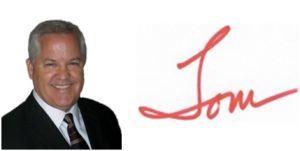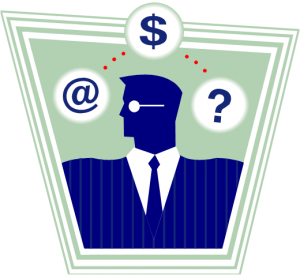The survey was unscientific. Nevertheless, the results were a bit surprising (and valuable) to me. Perhaps they might reflect your situation as well. Maybe you are facing similar challenges in 2010 to improve your strategy effectiveness. You can download the survey here and view the complete set of results here.
The respondents answered five basic questions about strategy facing their organization or work group in the year ahead. The fourteen organizations mostly represented high technology companies ranging in annual revenues from $30M to greater than $10B. However, there were also startups and nonprofits included.
Here were the questions that I asked.
- What is your relationship to strategy decision makers in your company or work group?
- What types of strategy do you influence or decide in your company or work group?
- How would you assess your company’s or work group’s strategy effectiveness?
- What critical strategy challenges does your company or work group face in 2010?
- What types of strategy help would help you most?
From the (admittedly) small sample, several interesting responses jump out.
Read the rest of this entry




 A CEO faces a decision about whether to make an investment in a new product line that requires significant capital. Does he need any competitive intelligence?
A CEO faces a decision about whether to make an investment in a new product line that requires significant capital. Does he need any competitive intelligence?